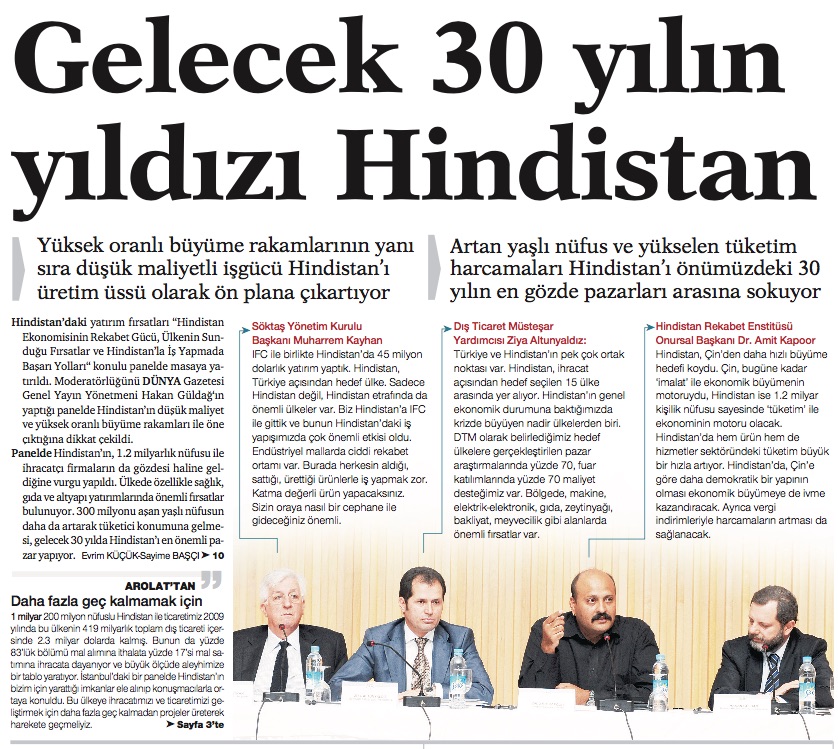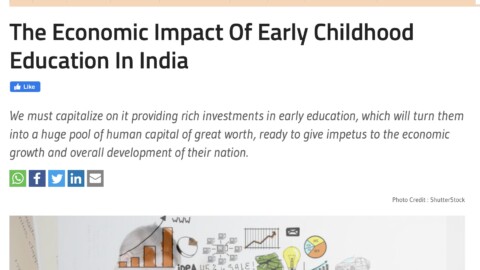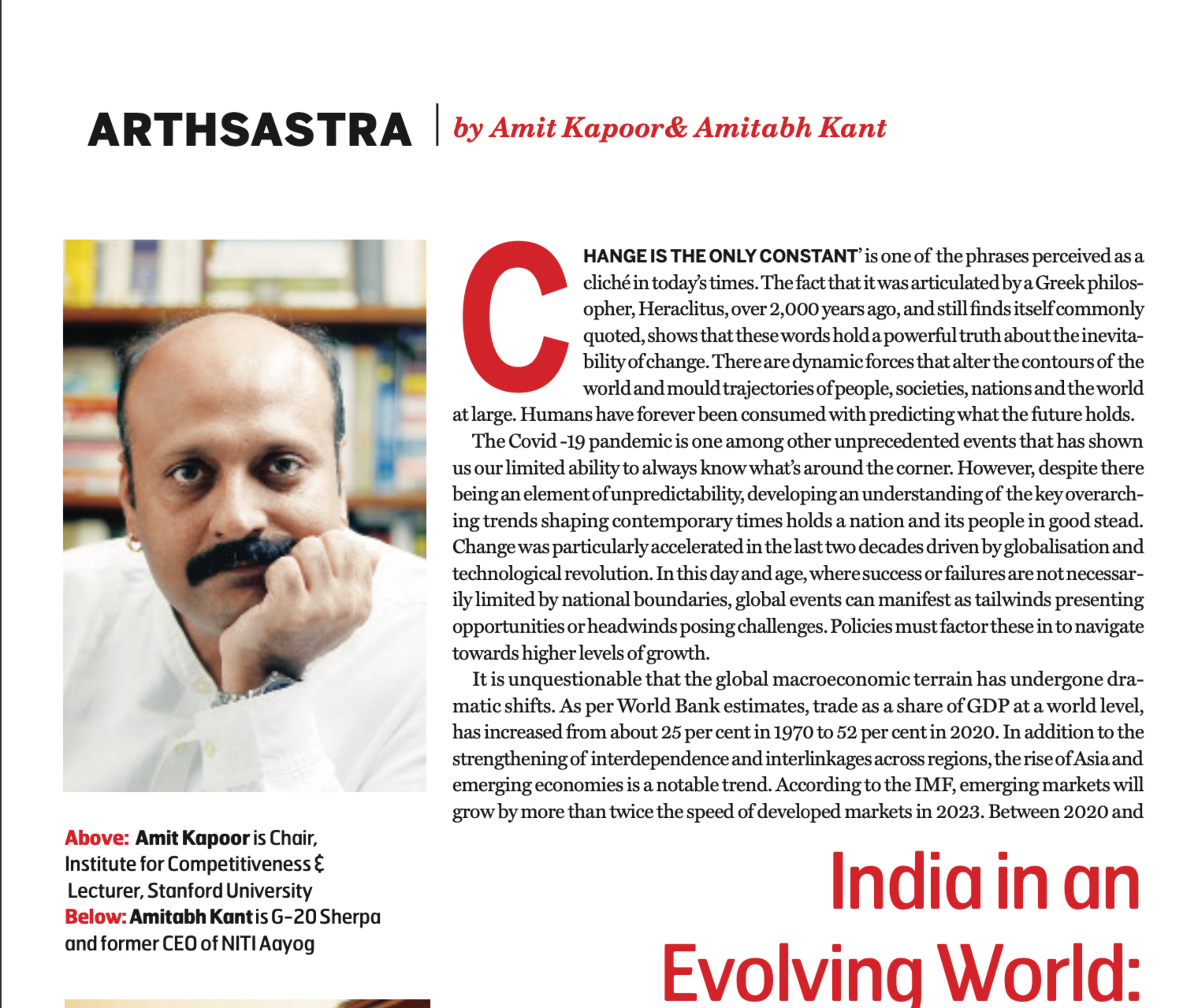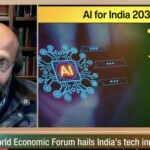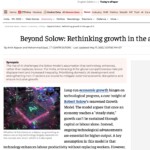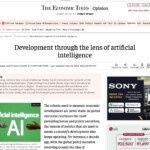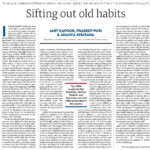For the longest time, the idea of development has been hinged upon increasing economic growth. More specifically, the Gross Domestic Product (GDP) metric has been hailed as the ultimate test of growth and development. GDP is a critical measure for assessing the economic outcomes of a country, i.e. insights about the economic outlook, income, and employment. It does not entail an understanding of the social progress and quality of life that citizens enjoy. The Ease of Living that people have access to cements the foundation for better development outcomes, both for the individual, and in the long run, for the country. Ease of Living also propagates the need to secure social and economic betterment for the people.
Social progress must not occur in isolation, instead, it must occur alongside economic progress and supplement economic gains made by the country. Although there is a strong correlation between social and environmental development and economic progress, an economically developed nation does not always compel social progress to occur. Therefore, it is prudent to emphasize the need to measure social progress and gain a consensus on enduring obstacles that impede holistic development and diagnose the issues. As the nation advances, both socially and economically, it also establishes better levels of competitiveness in the global market with sustained, long term progress.
Perhaps the biggest roadblock in developing better ease of living for people stems from the inability to define and measure such a concept in an all-encompassing nature. Indeed, ensuring better ease of living, and well-being for the population at large, requires an aggregation of multiple factors. At the crux, it is imperative to provide bare necessities to the people. Access to education, clean water, healthcare facilities, and housing ultimately lay the bedrock of a healthy nation. Moreover, investments made in such areas provide increased productivity gains that are sustained over the years.
Another fundamental aspect of measuring ease of living is rooted in welfare provisions and opportunities available to the people. Better provisions for elements such as digital infrastructure and improved economic opportunities enable the people to live a dignified existence. Finally, the scope to improve human conditions is reflective of transformative change that accelerates human potential. This includes elements ranging from inclusivity to sustainability.
While we may be able to grasp the idea and factors that impact the ease of living, it is equally critical to assess these parameters across the population. The utilitarian notion of well-being claimed that “the greatest happiness of the greatest number” holds true. For comprehensive development outcomes to take place, it is imperative that any assessment pertaining to the quality of life must be undertaken both centrally and locally. It would help evaluate progress at the state and district level and identify regional variance and focus areas for better policy decisions. Given India’s wide-scale population, divergence, geographic polarity and even unequal access to resources, the regions showcase widespread disparity. The 75th Round of the NSSO report revealed similar inequality concerning literacy rate. At 87.7%, the literacy rate for urban areas was much higher than that of 73.5% prevalent in rural areas. Among states, Kerala had the best performance at 96.2%, whereas Andhra Pradesh, a state in the same region, displayed a lower literacy rate of 66.4%, the lowest in the country.
Taking cognizance of the developmental challenges and recognizing the need to improve the ease of living of Indian citizens, the Government of India has launched various schemes in various domains such as shelter, through Pradhan Mantri Awas Yojana; good health and well-being through superior and accessible primary, secondary and tertiary healthcare infrastructure facilities across India to meet National Health Policy2017 goals; quality education through world-class educational institutes for teaching and research, technology-driven learning meeting gross enrolment ratio target as per draft National Education Policy 2019. In fact, India’s National Infrastructure Pipeline envisages these goals to provide world-class infrastructure to the people of India. Such initiatives also demonstrate India’s renewed commitment to achieve its Sustainable development Goals and streamline efforts to ensure no one gets left behind by 2030.
Thus, in a bid to improve the ease of living of the people of India and further our developmental outcomes, it is essential to devise a measure to examine the Ease of Living across India, encompassing states and districts. The report may be similar to the assessment done for the Ease of Living Index 2020 launched by the Ministry of Housing and Urban Affairs and developed by the Institute for Competitiveness, India. However, this assessment would provide a more intricate and exhaustive understanding of the persisting ground realities.
The findings can be utilized as an actionable tool, drawing attention to areas that require focused intervention through data-driven insights on various aspects of ease of living. Furthermore, it will allow policymakers to gain credible insights on differing needs in regions, thereby helping officials formulate strategies for inclusive growth prioritize public investments accordingly.
The assessment would also present a relative assessment of different regions at the district level, creating a sense of healthy competition between states to improve the performance of the districts that showcase weaker performance. Furthermore, analyzing districts at absolute levels would tender local governing bodies to identify their strengths and weaknesses and key focus areas.
As India makes broader economic strides, it is equally critical that it advances its social progress, allowing the people of India to be better prepared in the face of the rising complexities of the modern world. Elementary and crude measures of ease of living may not be sufficient for significant policy decisions for development. With Ease of Living, India can attempt to resolve developmental challenges and futureproof the lives of its citizens.
The article was published with Economic Times on September 25, 2021.

